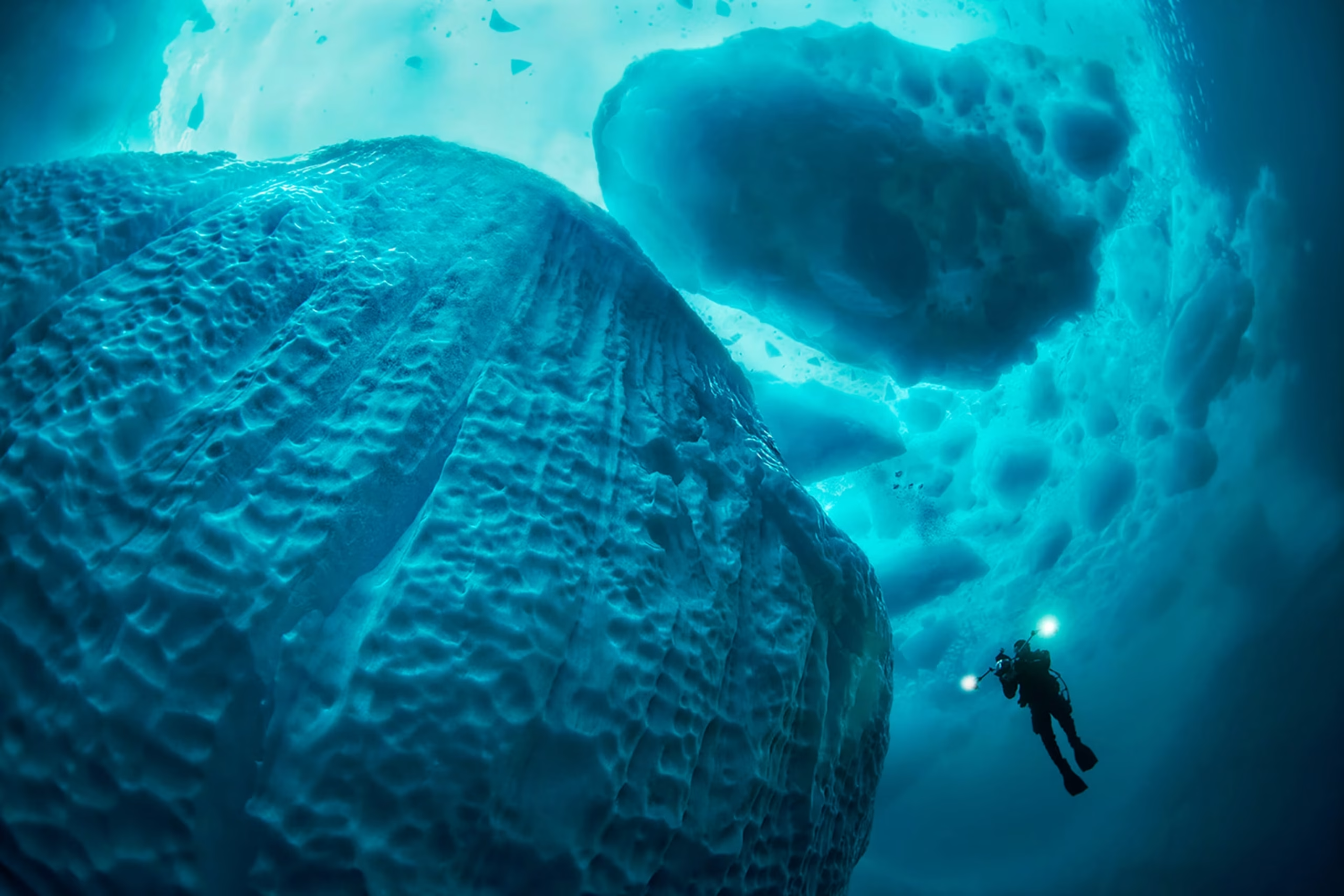ppr-revolution.com – Beneath the sun-kissed surface of the world’s oceans lies a hidden realm of mystery and wonder. This underwater universe, teeming with life and intricate ecosystems, remains largely unexplored and unseen by human eyes. The Hidden World: Secrets of the Ocean delves into the depths of our blue planet to uncover the secrets that lie beneath.
The Deep Sea’s Darkest Secrets
The deep sea, a region that covers over 60% of the Earth’s surface, is a place of extreme pressure, darkness, and cold. Yet, it is home to a diverse array of life forms that have adapted to these harsh conditions in remarkable ways. From bioluminescent creatures that light up the abyss to the giant squid, whose elusive nature has only recently been unveiled, the deep sea is a treasure trove of biological wonders.
Coral Reefs: Underwater Cities
Coral reefs are often referred to as the “rainforests of the sea” due to their high biodiversity and complex structures. These vibrant ecosystems provide shelter and food for thousands of marine species, including fish, invertebrates, and algae. However, coral reefs are under threat from climate change, ocean acidification, and human activities. The Hidden World explores the delicate balance of these underwater cities and the efforts to protect them.
The Role of Marine Protected Areas
Marine Protected Areas (MPAs) are designated zones within the ocean where natural or cultural resources are given greater protection. These areas are crucial for the conservation of marine life and the preservation of ecosystems. The Hidden World highlights the importance of MPAs in safeguarding the ocean’s secrets and ensuring that future generations can experience the wonders of the underwater world.
Technological Advances in Ocean Exploration
The exploration of the ocean’s depths has been revolutionized by advancements in technology. Remotely operated vehicles (ROVs), autonomous underwater vehicles (AUVs), and deep-sea submersibles allow scientists to venture into the deepest parts of the ocean and observe life in its natural habitat. The Hidden World showcases these cutting-edge tools and the discoveries they have enabled.
The Importance of Ocean Literacy
Understanding the ocean is not just the domain of scientists and explorers; it is a critical component of ocean literacy for all of us. The Hidden World emphasizes the need for education about the ocean’s role in our lives, from its influence on the climate to the resources it provides. By fostering a connection between people and the ocean, we can inspire a greater appreciation and commitment to protecting this precious environment.
In conclusion, The Hidden World: Secrets of the Ocean reveals the beauty and complexity of the underwater realm. It serves as a reminder of the vastness of our oceans and the importance of preserving their secrets for the benefit of all life on Earth. As we continue to explore and learn about the ocean, we must also take action to ensure that its treasures are protected for generations to come.

